Iconic Gangster Films That Defined the Genre
Gangster films have always held a unique allure, offering a glimpse into a world of power, violence, and moral ambiguity. Here’s a look at some of the most influential and memorable gangster movies ever made:
1. The Godfather (1972)
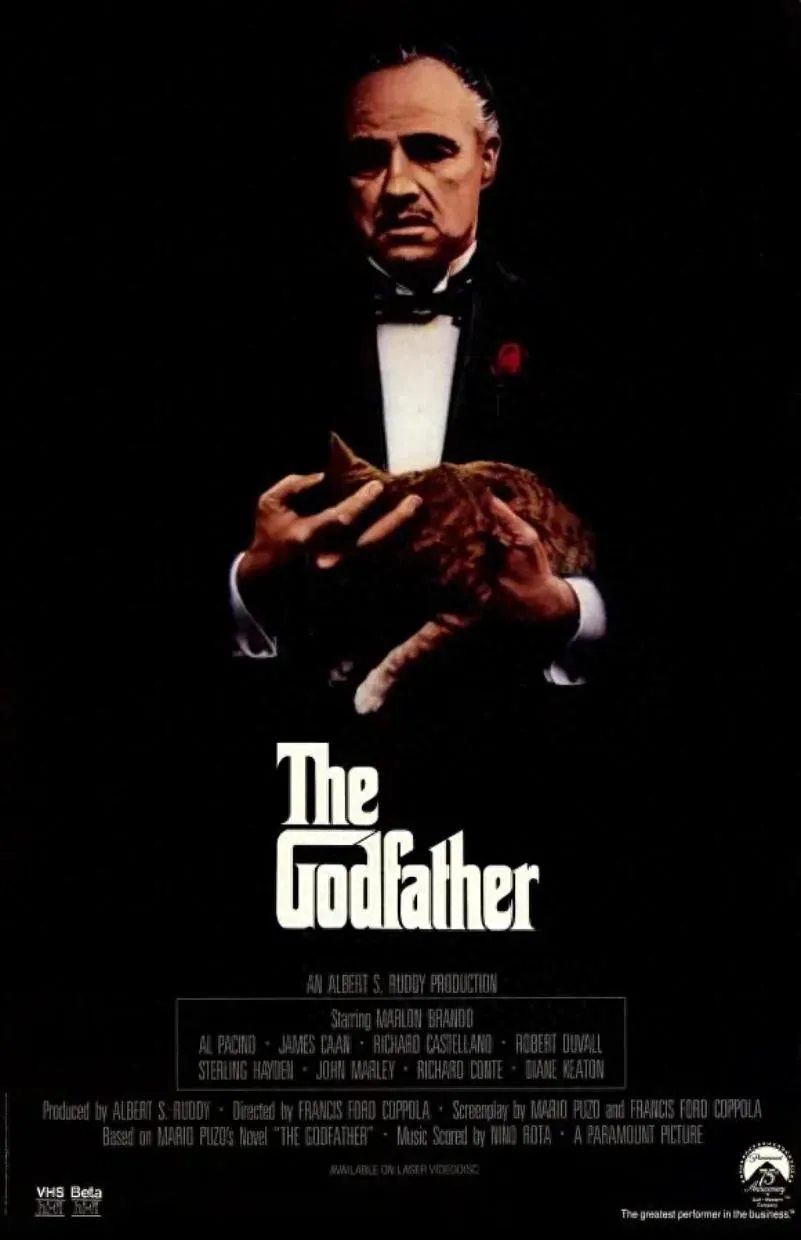
Director and Stars: Directed by Francis Ford Coppola, starring Marlon Brando as the aging patriarch Vito Corleone, and Al Pacino as his reluctant son, Michael.
Plot Summary: Set against the backdrop of the Italian-American Mafia, the film centers on the Corleone family’s power struggles in New York. Opening with a lavish wedding, the film quickly delves into the dark underbelly of the Mafia. When drug lord Sollozzo seeks the family’s involvement in the narcotics trade, Vito’s refusal leads to a violent attack. Michael, initially an outsider, is drawn into the conflict, eventually assassinating his enemies and fleeing to Sicily. Upon his return, he transforms into a ruthless leader, orchestrating a series of calculated hits during a family dinner to consolidate his power and take control of the family empire.
Memorable Details: Brando’s iconic portrayal, achieved by stuffing cotton balls in his cheeks and adopting a distinctive Italian-American accent, and the symbolic scene of the Godfather stroking a cat, representing power and control.
2. Goodfellas (1990)
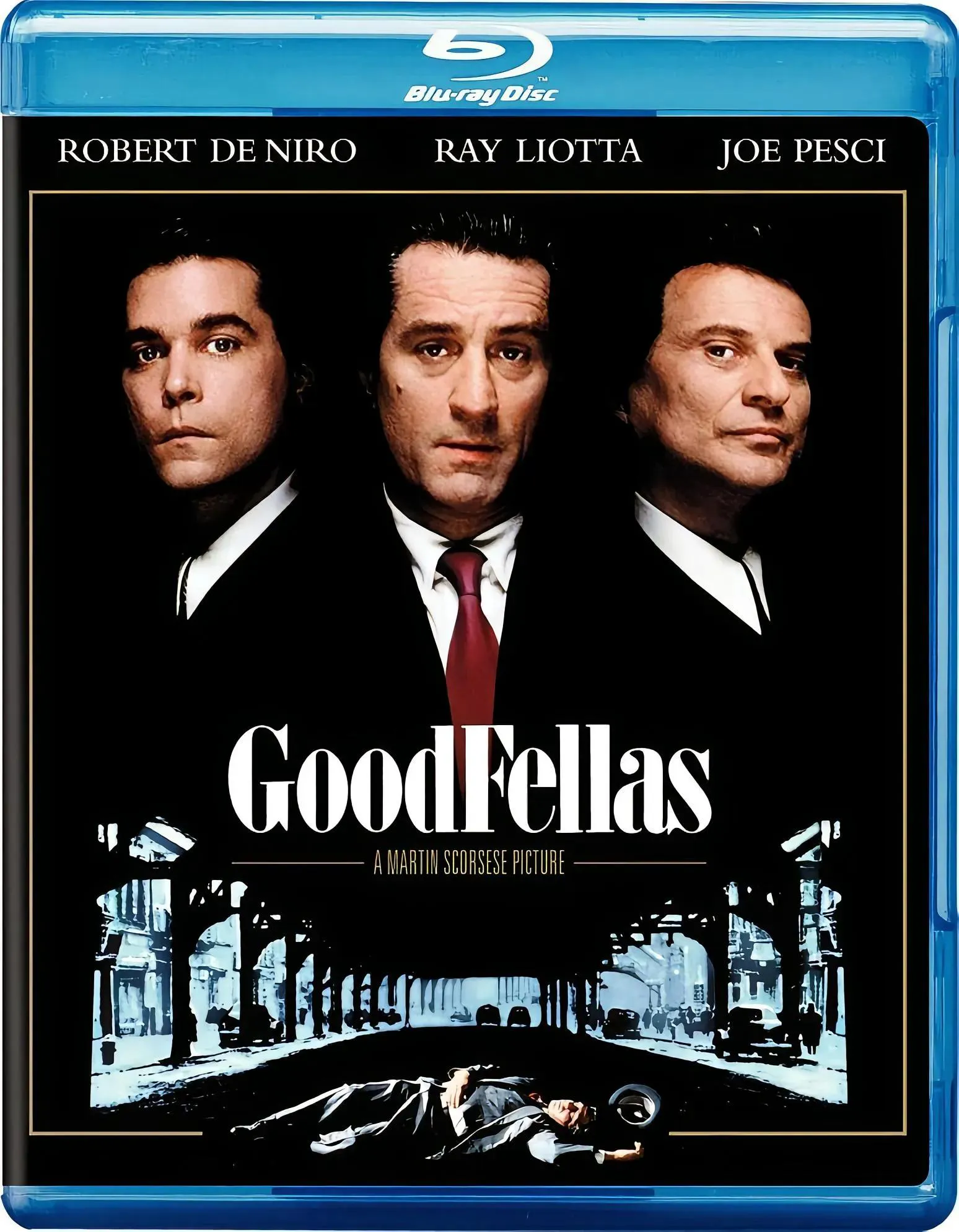
Director and Stars: Directed by Martin Scorsese, starring Ray Liotta as Henry Hill, Robert De Niro as Jimmy Conway, and Joe Pesci as Tommy DeVito.
Based on a True Story: Adapted from the non-fiction book “Wiseguy” by Nicholas Pileggi, the film chronicles the rise and fall of mobster Henry Hill and his associates within the Lucchese crime family from 1950s to 1980s New York.
Key Plot Points: Henry, fascinated by the allure of gangster life, joins the mob at a young age and quickly rises through the ranks alongside Jimmy and Tommy. The film culminates in the infamous Lufthansa heist, showcasing their ascent from street thugs to orchestrators of a multi-million dollar robbery. Betrayal and violence are rampant within the gang, with Tommy’s volatile temper leading to his execution by the family. Henry’s involvement in drug trafficking leads to his downfall, forcing him to become an informant and enter witness protection.
Distinctive Style: Scorsese’s use of handheld camera work creates a gritty, realistic feel. Joe Pesci’s unforgettable line, “Funny how?,” has become a classic gangster film retort.
3. White Heat (1949)
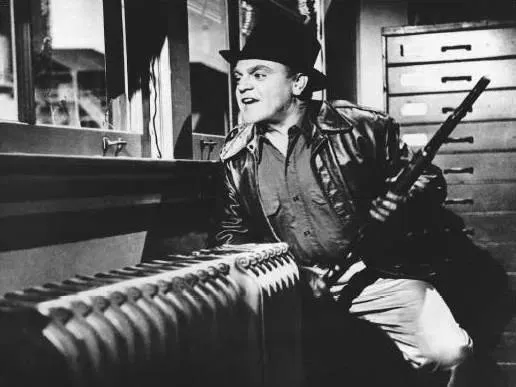
Director and Star: Directed by Raoul Walsh, starring James Cagney as the unhinged Cody Jarrett.
Character Development: Cody is portrayed as a psychopathic criminal, plagued by severe headaches and an unhealthy attachment to his mother, a subversion of the traditional tough-guy gangster archetype. The film’s title, “White Heat,” aptly describes his explosive temper.
Climax: Cody leads his gang in a series of daring heists, including robberies of a gas station and a payroll truck. After being captured and imprisoned, he orchestrates a daring escape. When a police informant infiltrates his gang, Cody discovers the betrayal and confronts the authorities in a climactic shootout at a chemical plant. In a final act of defiance, he detonates the plant, shouting “Made it, Ma! Top of the world!” as he goes up in flames.
4. Bonnie and Clyde (1967)
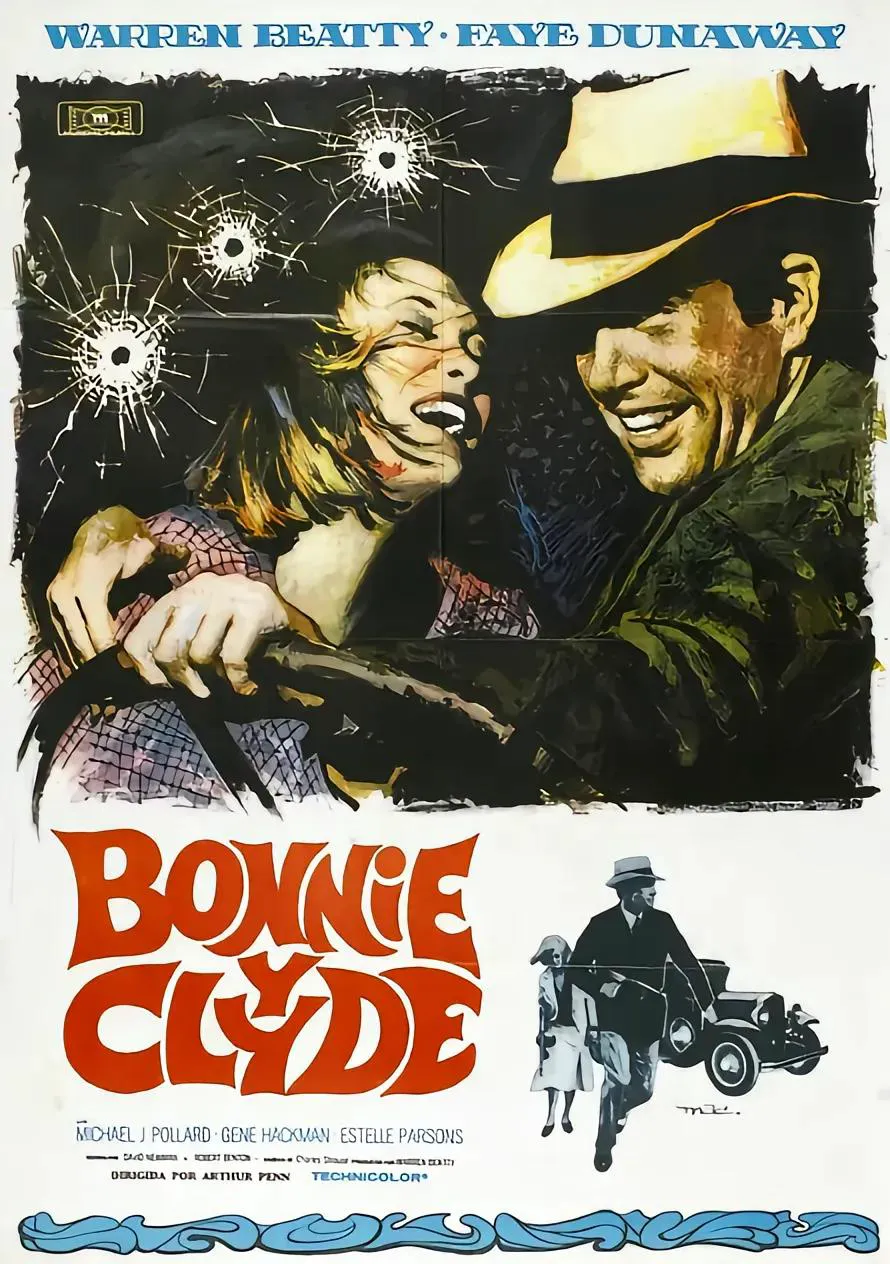
Director and Stars: Directed by Arthur Penn, starring Warren Beatty as Clyde Barrow and Faye Dunaway as Bonnie Parker.
Historical Context: Based on the true story of Bonnie and Clyde, who terrorized the United States during the Great Depression, the film follows the duo as they embark on a crime spree, robbing banks and killing those who stand in their way.
Anti-Hero Narrative: The film subverts the traditional gangster film by portraying Bonnie and Clyde as flawed individuals. Bonnie is a bored small-town girl seeking adventure, while Clyde is driven by a need to prove himself due to a rumored sexual dysfunction. Their crimes are romanticized by the media, attracting a large following. However, their reign of terror comes to an end in a brutal ambush by law enforcement, with the slow-motion depiction of their bullet-riddled car becoming an iconic example of cinematic violence.
5. Scarface (1983)
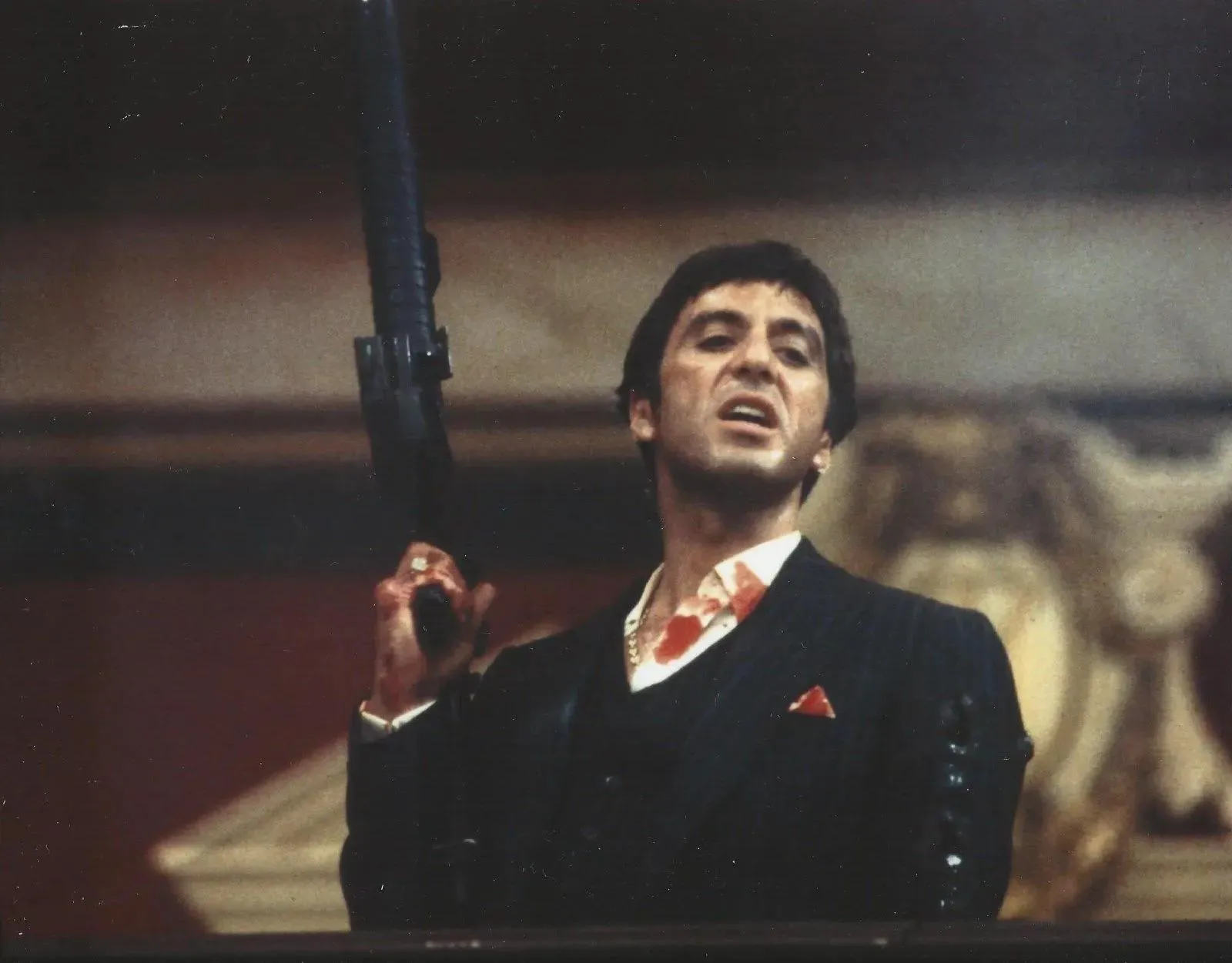
Director and Star: Directed by Brian De Palma, starring Al Pacino as Tony Montana. (The 1932 version starred Paul Muni and was set in Chicago.)
Immigrant Story: Cuban refugee Tony Montana arrives in Miami with his brother Manny and quickly rises through the ranks of the drug trade. He becomes a ruthless kingpin, known for his excessive violence and paranoia. His mansion features a sign that reads “The World Is Yours” and he uses a chainsaw to punish those who betray him. Ultimately, his paranoia and brutality lead to his downfall in a bloody shootout with a rival cartel, where he famously yells “Say hello to my little friend!” before being killed.
Cultural Impact: Tony’s hairstyle, cigars, and “Scarface” persona have become iconic symbols of the 1980s drug lord. His lines have been referenced in numerous works, including “Breaking Bad.”
6. Pulp Fiction (1994)
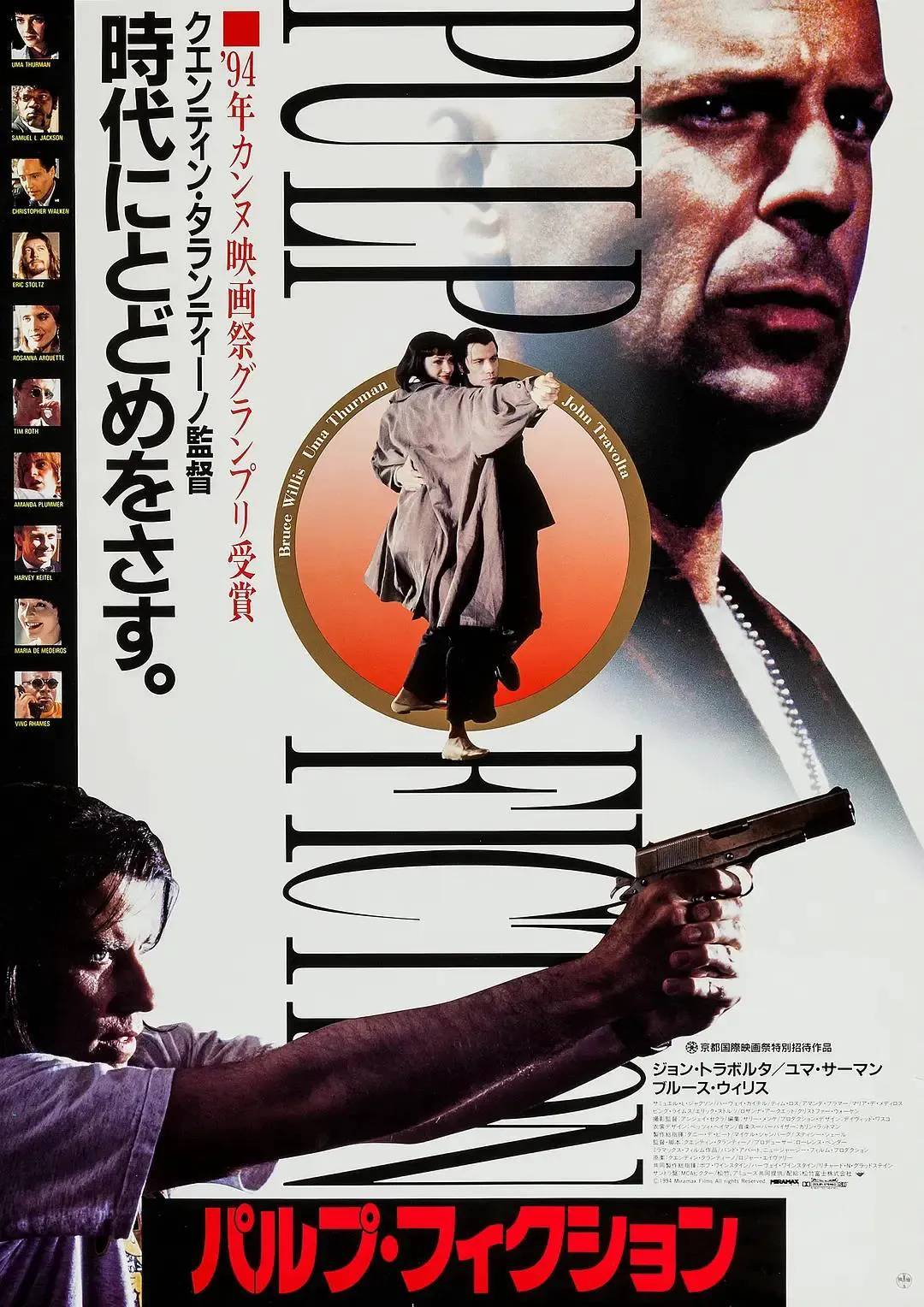
Director and Stars: Directed by Quentin Tarantino, starring John Travolta as Vincent Vega, Samuel L. Jackson as Jules Winnfield, and Uma Thurman as Mia Wallace.
Non-Linear Storytelling: The film weaves together three interconnected stories:
Vincent takes Mia out for a night on the town, which nearly ends in tragedy when she overdoses. Jules, a hitman, contemplates his life after experiencing a “miracle.” A boxer named Butch double-crosses a mob boss and goes on the run with his girlfriend.
Deconstructing the Gangster Genre: Tarantino subverts the conventions of the gangster film with his use of dark humor and stylized violence. The film’s memorable scenes include Vincent and Jules discussing the names of McDonald’s menu items in Europe and Mia and Vincent’s iconic dance scene.
7. The Public Enemy (1931)
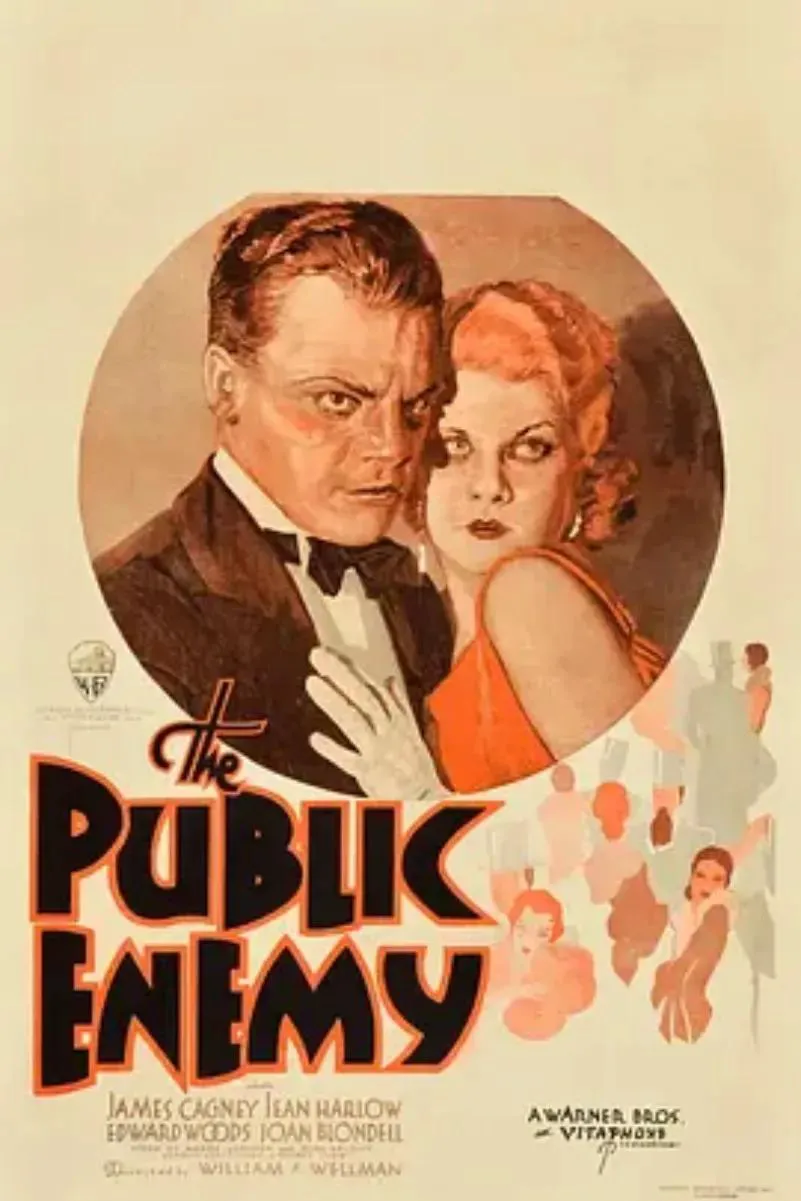
Director and Stars: Directed by William A. Wellman, starring James Cagney as Tom Powers and Jean Harlow as Gwen Allen.
Prohibition Era: Set during the Prohibition era of the 1920s, the film follows Tom and his friend Matt as they rise to power through bootlegging. They use violence to eliminate their rivals, including the infamous “grapefruit scene.” The film depicts the brutal reality of gangster life, with Matt being assassinated and Tom being gunned down in the street.
Social Significance: As one of the earliest gangster films, “The Public Enemy” was controversial for its depiction of violence. However, it established the narrative trope of “crime doesn’t pay.”
8. Little Caesar (1931)
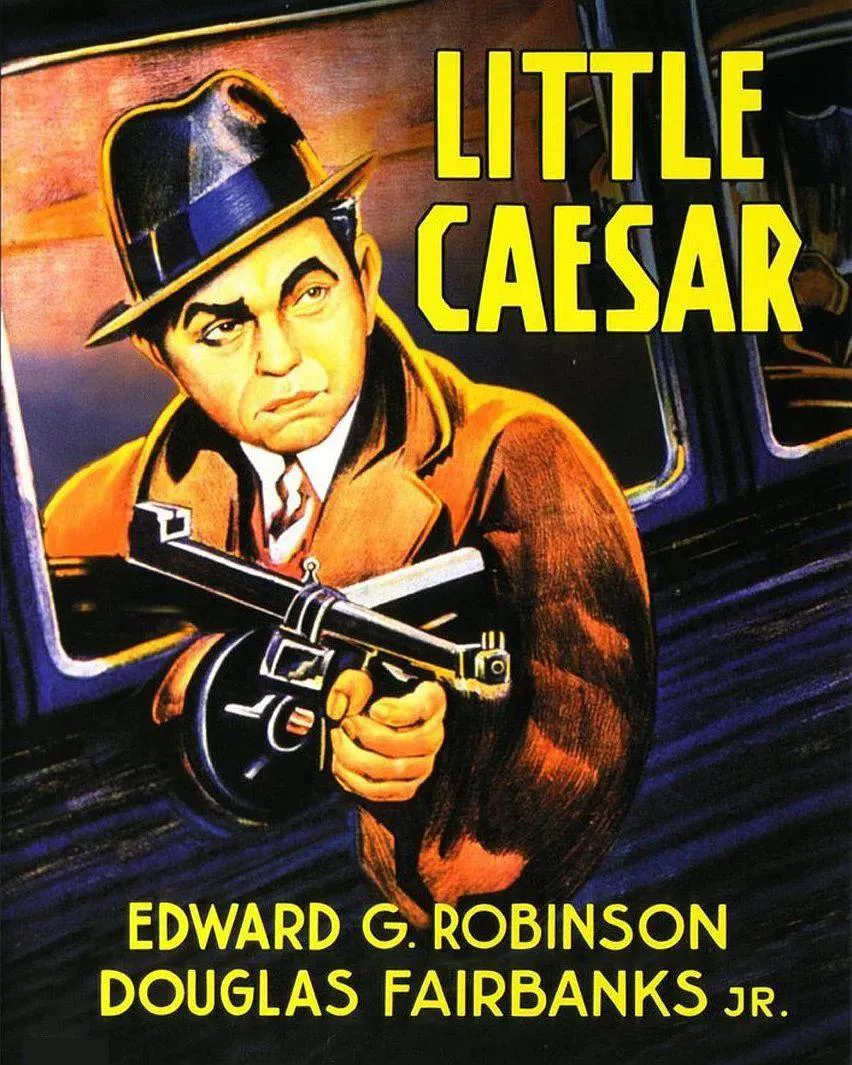
Director and Star: Directed by Mervyn LeRoy, starring Edward G. Robinson as Rico Bandello.
Tragedy of Ambition: Rico, an Italian immigrant, dreams of becoming a “big shot.” He joins a gang and rises through the ranks through violence and betrayal, becoming the head of a Chicago mob. However, his ruthless ambition leads to his downfall, with his lieutenant being killed, his girlfriend leaving him, and ultimately being gunned down by the police.
Genre Defining: Released in the same year as “The Public Enemy,” “Little Caesar” helped to establish the gangster film genre. Rico’s ruthless persona became a template for future villains.
9. Once Upon a Time in America (1984)
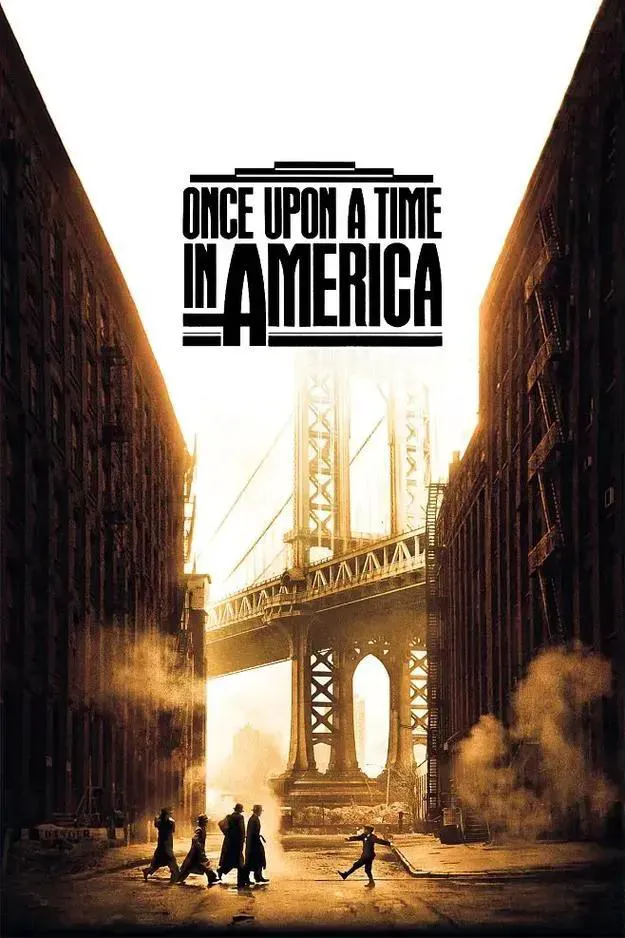
Director and Stars: Directed by Sergio Leone, starring Robert De Niro as David “Noodles” Aaronson and James Woods as Maximilian “Max” Bercovicz.
Epic Scope: Spanning over four hours, the film tells the story of a group of Jewish gangsters in New York City from the 1920s to the 1960s. As young men, Noodles and Max engage in petty crime. As adults, they become involved in union corruption and political intrigue. Max betrays Noodles and fakes his own death, only to reappear years later as a powerful government official.
Visual Storytelling: The film is known for its stunning visuals, including the slow-motion scene of Deborah dancing in a warehouse and Noodles’ voyeuristic view through a keyhole.
10. The Gangster Chronicles (1987)
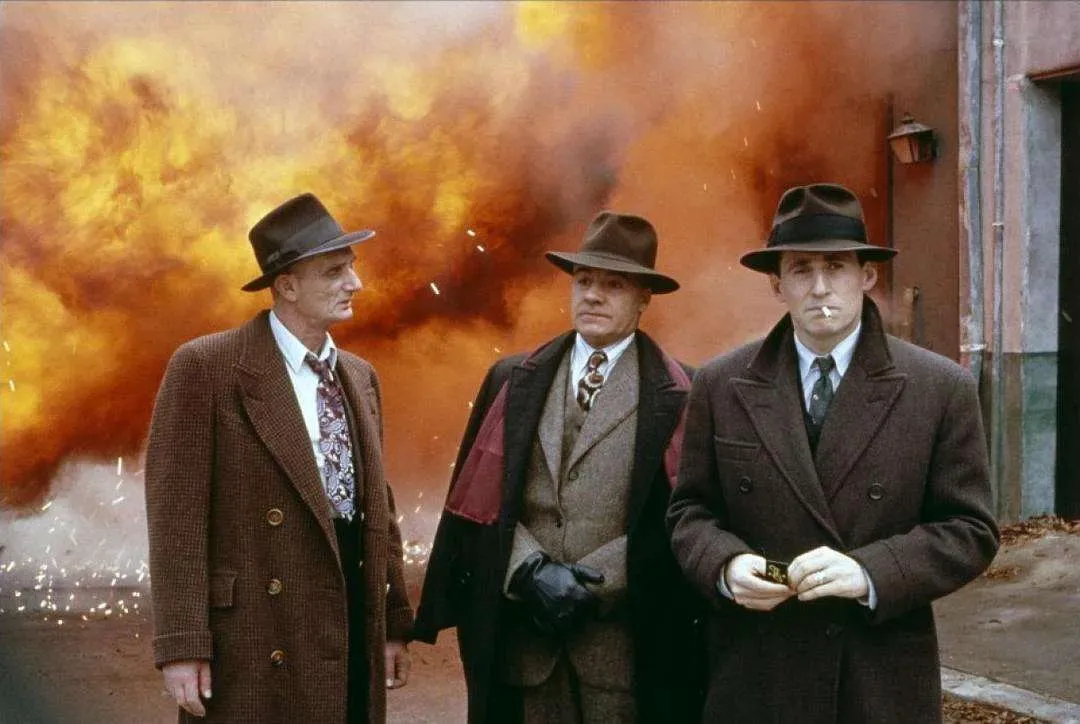
Director and Stars: Directed by James Toback, starring Robert De Niro as Jake Wolf and Mickey Rourke as Joey Gallo.
Based on True Events: The film focuses on the life of New York mobster Joey Gallo, a member of the Colombo crime family. Gallo was known for his flamboyant lifestyle and his involvement in the arts. The film portrays Gallo’s rise and fall, as well as the conflict between traditional Mafia values and modern ambition.
Unique Perspective: De Niro’s portrayal of a journalist who covers Gallo provides insight into the complex relationship between the media and the Mafia.